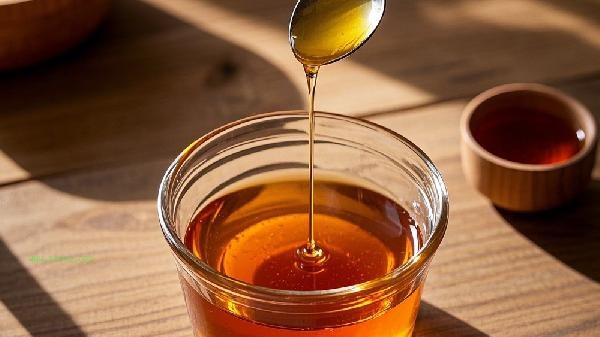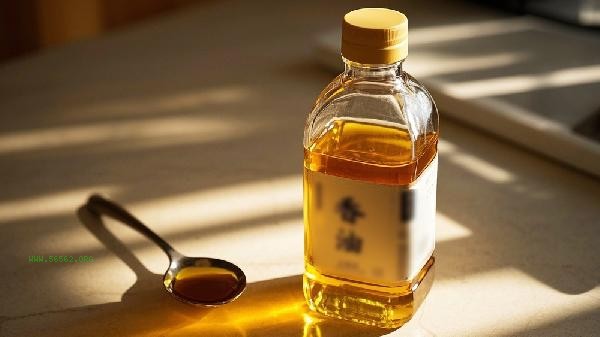Fake sesame oil can be identified by observing color, smelling odor, testing solubility, checking sediment, examining packaging labels, and other methods. Common means of adulterating sesame oil include mixing essence, salad oil, cottonseed oil and other low price oils, which may cause damage to gastrointestinal tract and liver after long-term consumption.

1. Observe the color.
Pure sesame oil is reddish brown or dark brown, with good transparency and uniform color. Fake sesame oil has a lighter or yellowish color, which may be caused by the addition of artificial pigments, resulting in an exceptionally bright color. You can drop sesame oil on white paper. After pure sesame oil spreads, the edges of the oil stains become transparent, while the edges of adulterated oil stains often show obvious color circles.
2. Smell
Pure sesame oil has a strong and pure roasted sesame aroma, with a long-lasting and non pungent scent. Sesame essence is often used to blend the fake sesame oil, which has a simple and short smell, and may have a chemical solvent flavor or a flavor of kara. You can place a small amount of sesame oil in your palm and rub it hot. Pure sesame oil has a more prominent aroma, while adulterated oil quickly dissipates its odor.
3. Test solubility
Take a drop of sesame oil and add it to clean water. Pure sesame oil will form oil droplets that slowly sink and are not easily dispersed. Fake sesame oil mixed with salad oil or mineral oil will quickly spread, causing oil droplets or turbidity on the water surface. Under low temperature conditions, pure sesame oil may produce flocculent substances that dissolve upon heating, while the low-temperature precipitate of fake sesame oil does not disappear even after heating.

4. Check for sediment
After standing for 24 hours, observe the bottom of the bottle. Pure sesame oil has almost no sediment. Fake sesame oil mixed with cottonseed oil or rice bran oil will produce cotton like or granular precipitates. Thickener will be added to some inferior sesame oil. After shaking, the oil hanging on the bottle wall is obvious and the foam is not easy to fade.
5. Check the packaging label
The packaging of regular sesame oil products should indicate the production license number, implementation standards, and sesame oil content. The pure sesame oil ingredient list only contains sesame seeds, and adulterated products may be labeled as "blended sesame oil" or contain other vegetable oil components. Scan the barcode of the product to check the company's qualifications and quality inspection report.

It is recommended to choose regular supermarket channels for daily purchase of sesame oil, and prioritize glass bottle packaging products. After opening, it should be sealed and stored away from light. The shelf life of pure sesame oil usually does not exceed 18 months. If you find that the sesame oil has a bitter or moldy taste, you should stop eating it immediately. Moderate consumption of pure sesame oil can help promote appetite and supplement unsaturated fatty acids, but it is recommended to control the daily intake within 10 milliliters. High temperature cooking will destroy its nutritional content, while cold mixing or direct dripping into soup can better preserve its nutritional value.








Comments (0)
Leave a Comment
No comments yet
Be the first to share your thoughts!